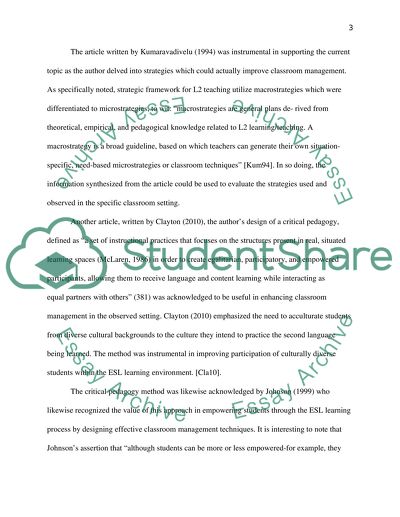Cite this document
(“Critical Pedagogy Applications in Observed Classroom Management Essay”, n.d.)
Retrieved from https://studentshare.org/education/1402351-critical-pedagogy-applications-in-observed-classroom-management
Retrieved from https://studentshare.org/education/1402351-critical-pedagogy-applications-in-observed-classroom-management
(Critical Pedagogy Applications in Observed Classroom Management Essay)
https://studentshare.org/education/1402351-critical-pedagogy-applications-in-observed-classroom-management.
https://studentshare.org/education/1402351-critical-pedagogy-applications-in-observed-classroom-management.
“Critical Pedagogy Applications in Observed Classroom Management Essay”, n.d. https://studentshare.org/education/1402351-critical-pedagogy-applications-in-observed-classroom-management.


